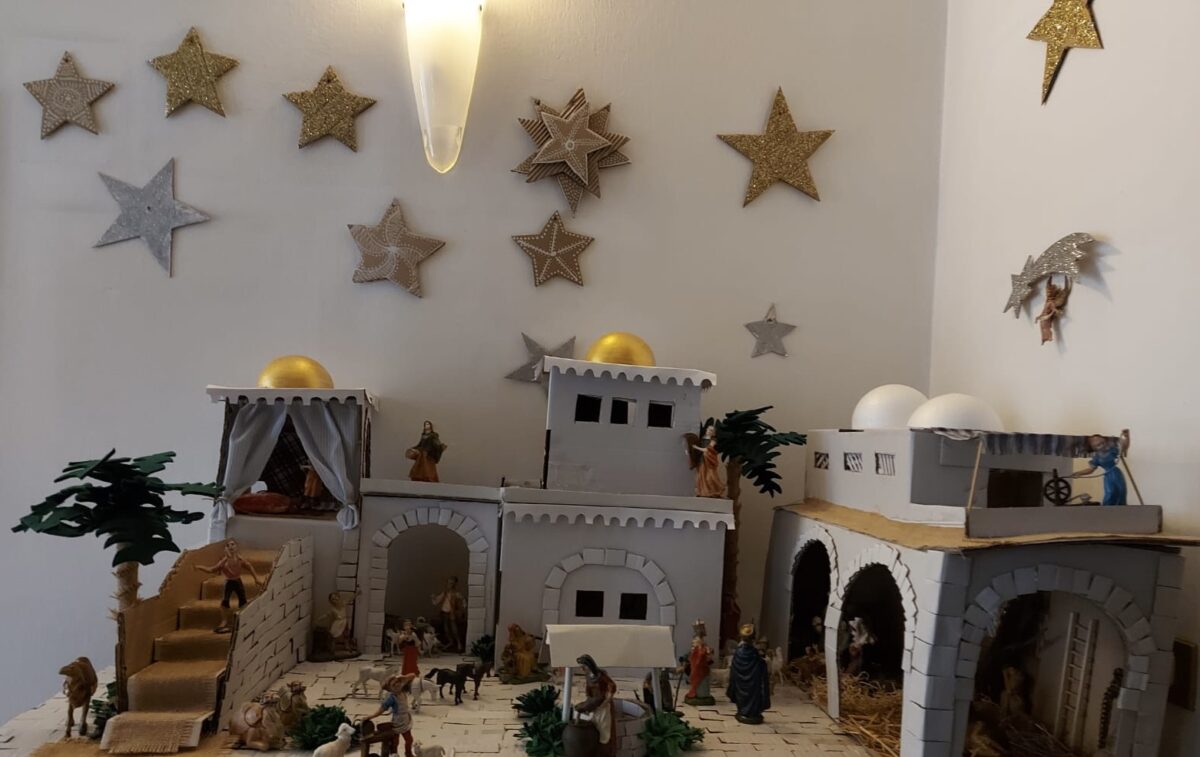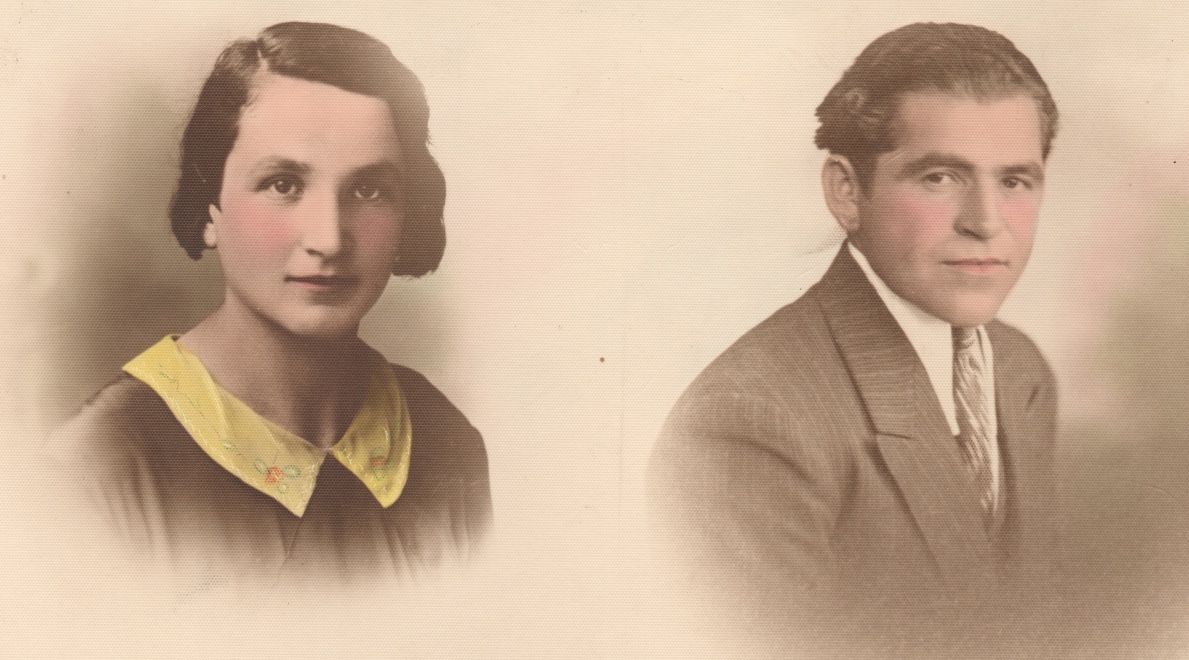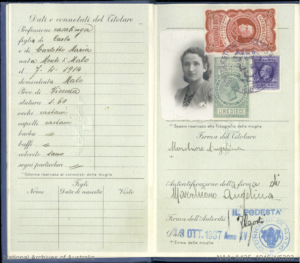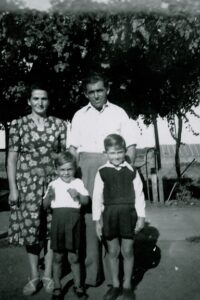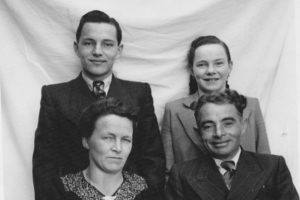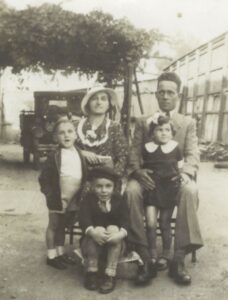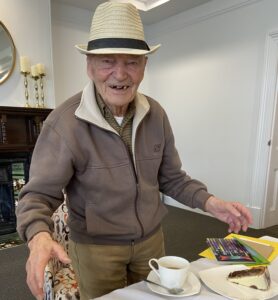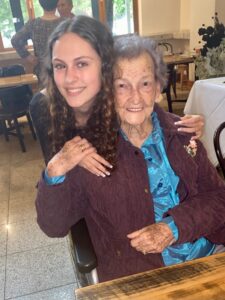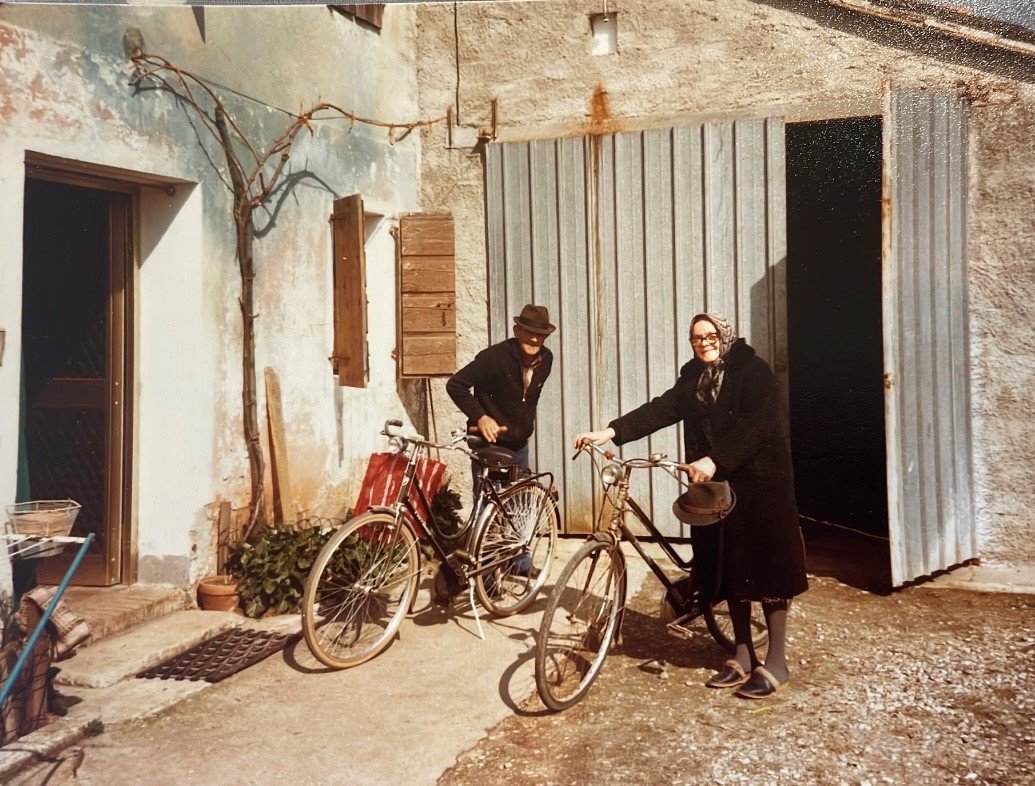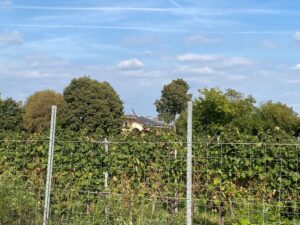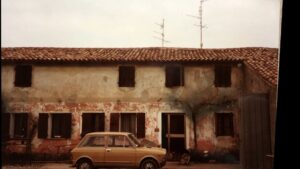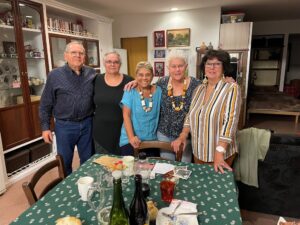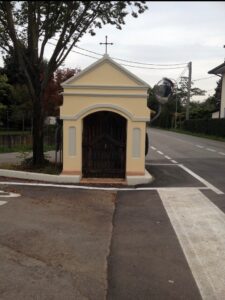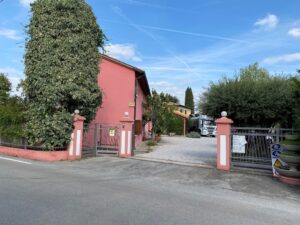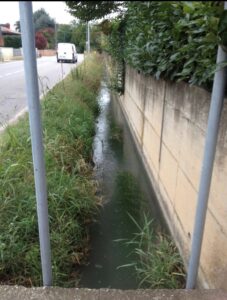Christmas traditions
In Italy the nativity crib is called a presepe. It is a three-dimensional scene of the stable with figurines that include Mary, Joseph, shepherds, people from everyday life and the three wise men. The size of the nativity scene can vary and may include buildings and features that display an entire village and rural landscape.
The presepi are usually displayed in Italian homes and churches from 8th December, the feast of the Immaculate Conception, to 6th January, the feast of the Epiphany. Presepi are also displayed in piazzas, shops and other public areas. The figures can vary in scale from miniature to life size and in many families, preparations for the presepe begin a long time before it is displayed. In some villages, the local council holds competitions for the best presentation of a presepe.
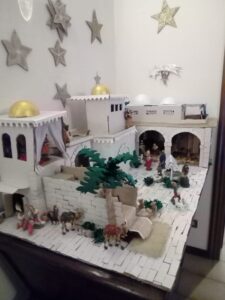
Irene Zampin who lives in Caselle di Altivole creates her own presepe each year and spends a lot of time planning and organising the scene for the nativity story. She sent photos to show this year’s model which she began working on in October/November. It is made of pieces of cardboard cut from boxes. The bushes and palm trees are made of felt and she bought the figures. Irene cut the polystyrene balls in half and sprayed them with gold paint. It took Irene about a week to put the presepe together. She says: “I enjoy doing these things and they give me lots of satisfaction.”
You can watch the short video below (about 1.5 minutes) made by Irene that shows the presepe she created this year. You will be able to appreciate the intricate details of the scenes that she has designed for the presepe which is in her house.
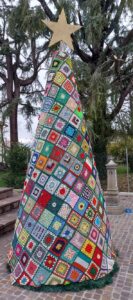
Irene has also been involved with a volunteer group in her local area who made Christmas trees from crocheted squares. The group of women was organised by the Mayor of the Altivole municipality who is a woman. The group made three trees – one each for the villages of Caselle, Altivole and San Vito in the municipality. The Christmas trees are 280 cm high and each one has around 300 crocheted squares. They have been placed near the churches.
Vivian Miotto has also sent photos of presepi near where she lives at San Pietro di Feletto in the province of Treviso about 60 kilometres north of Venice.
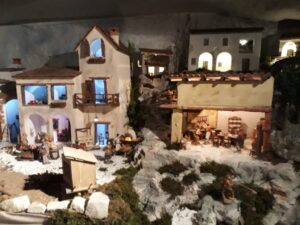
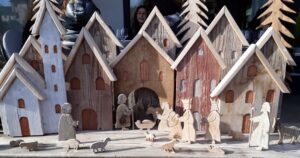
Looking back on 2022
In this the final blog for 2022, it’s an opportunity to look back on the year …
I’d like to acknowledge two people who were interviewed for the Veneto market gardeners’ oral history project and who died during this year:
- Lina Rismondo nee Marchioro died on 15th January 2022, aged 94 years
- Lino Tonellato who died on 4 September aged 95 years.
The website
I’d like to thank Michael Campbell and for all the work he undertakes in his role as administrator of the website which involves daily security checks. Michael has designed the website and he maintains it to ensure that it continues to be accessible and available to a wide group of subscribers.
Thank you to the following people who wrote blogs for the website this year:
- Irene Zampin, 3 and 17 April
- Rosa Parletta nee Balestrin, 8 May
- Aida Innocente, 22 May
- Raoul Pietrobon, 25 September
- Remo Berno, 9 October
- Anna Mechis nee Rebellato, 23 October
- Anna Baronian nee Carniello, 20 November.
I am also grateful to Amanda Rossetto and Raoul Pietrobon who contributed to the Veneto market gardener families and friends gathering on 22 October. Their presentations provided those of us who were there with new insights into Veneto families and their experience of migration to Adelaide in the 1920s and the generations who followed them.
Finally, I wish you all a happy festive season and I hope you enjoy Christmas and New Year celebrations with family and friends. With all good wishes for 2023.
Madeleine Regan
18 December 2022
